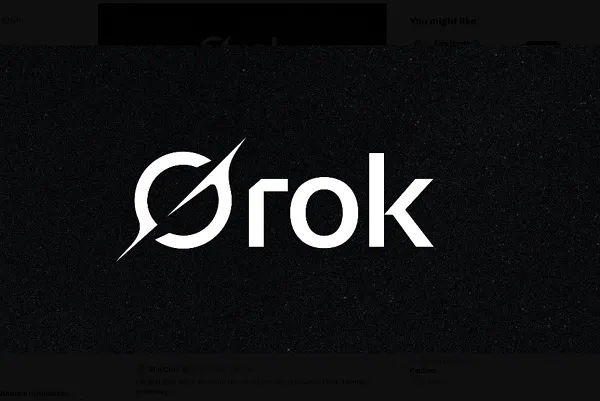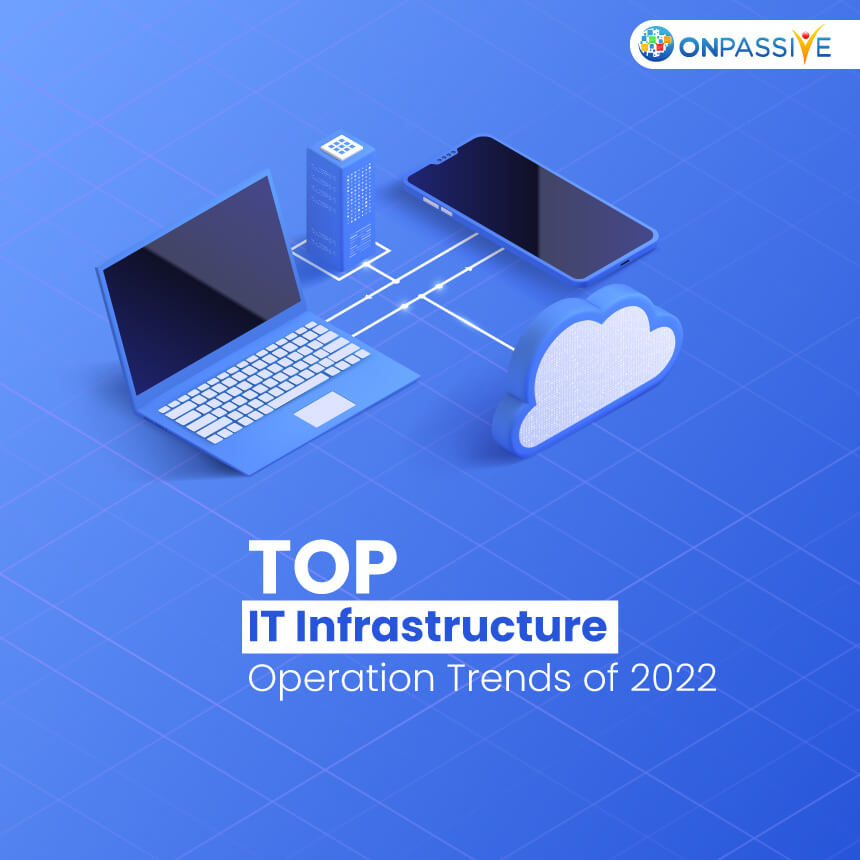IT infrastructure teams are in charge of the physical hardware that supports the systems, networks, and storage needed to deliver IT services. They are also responsible for installing and patching hardware, monitoring assets, configuring, deploying, or provisioning servers. Mainframes, system security, and network switches (network management) are all part of this.
Traditionally, IT infrastructure has been housed in an on-premises data center, with IT infrastructure teams in charge of power and cooling. On the other hand, infrastructure is increasingly being housed in third-party colocation facilities or virtual IT environments provided by a cloud provider.
IT infrastructure teams in such situations are primarily concerned with integrating IT assets between cloud-based and on-premises environments and ensuring data security and integrity across those environments. As a result, IT infrastructure and operations (I&O) teams are under pressure to adopt new technologies, processes, and hierarchies quickly to meet the requirements of changing business models.
Evolution Of I&O Teams
IT is increasingly important in the value stream of an organization, as it is required to develop and improve products and services and maintain the systems and processes that support the business’s value proposition.
For a long time, the move to the cloud, for example, has elevated I&O’s responsibilities and profile. However, as businesses make digital products and services the centerpiece of their success strategies, the cloud has grown in importance.
As a result, infrastructure is becoming increasingly crucial to day-to-day operations as data becomes the lifeblood of organizations and servers. Cloud computing becomes the arteries that transport that data.
Therefore, modern businesses must focus on supporting digital infrastructures, with infrastructure trends now focusing on new technologies such as artificial intelligence (AI), edge computing, and cloud computing to support rapidly growing IT infrastructure and agile business needs at the same time.
Top IT Infrastructure Operation Trends Of 2022
Infrastructure and operations (I&O) leaders should focus on the key technology trends to support various initiatives as organizations strive to align IT and operational technology to drive business transformation and digital innovations.
The following are a few top trends that help I&O teams in dealing with this digital transformation:
- Distributed Enterprise Networks In The Cloud
Employees’ on and off relationship with the office is likely to continue in 2022, whether due to new variants or employee preferences. Long before the pandemic situation, I&O companies began migrating their traditional IT infrastructures to the cloud. Because of this shift, remote work became a possibility for many organizations until it became a requirement.
Edge computing and distributed-enterprise network capacity will need to be increased by I&O teams in order to:
- Keep the business running, no matter where it is.
- Support the unique remote-work requirements of each business unit.
As businesses continue to expand their data collection and holding efforts, I&O will be critical in guiding the policies surrounding the processing, retention, and legal requirements of enterprise data.
The proliferation will be fueled by cloud and edge implementations. Data management challenges will become more prevalent, necessitating the development of effective data retention policies.
However, determining which data should be kept is the key for the organization. To expand data literacy and effectively support data management across the enterprise, I&O workforces must work closely with their chief data officer.
- Collaboration And Cross-Functional Partnerships
The most successful I&O teams will deliver business outcomes in 2022 and beyond by expanding their partnerships and collaboration across the IT universe, including DevOps, DataOps, and Platform Ops, to name a few.
I&O teams have traditionally focused on creating and maintaining the environments they are responsible for. What we’re seeing now is a broader I&O vision that encompasses the company’s shared mission, vision, values, and objectives.I&O teams will continue to evolve to support and enable other groups while providing value-added solutions.
I&O can accomplish this by deploying secure platforms that centralize management while also assisting other teams in performing their tasks more effectively and efficiently. Automation tools are especially well suited to helping I&O meet their counterparts’ critical needs, thereby encouraging more collaboration and partnership.
- The Rise Of Automation Architecture
IT functions such as infrastructure architecture, and cloud architecture are well-established. Automation architecture is a growing trend that will continue to grow in 2022 and beyond.
I&O executives recognize that effective automation entails more than just meeting cost, efficiency, and speed targets. Automation will become increasingly important as I&O teams focus on improving customer experiences and solutions. The emergence of automation architecture reflects a growing recognition that automation is a multi-year process.
At one level, automation architects will be tasked with locating pockets of opportunistic automation that will aid in cost and complexity reduction. At a higher level, automation architecture aims to replace these haphazard acts of automation with a more comprehensive, secure orchestration approach that supports the strategy and goals of the enterprise.
- More Financial Backing For Cloud Computing Initiatives
I&O teams feel the effects of change everywhere, from system infrastructure to software, as IT spending shifts dramatically to public and private clouds (both infrastructure and application). To make cloud projects successful and secure, IT teams actively seek support from their technology vendors and other partners.
Synchronizing workloads and data pipelines across cloud platforms and applications using automation is an excellent example of the support that helps I&O teams make the most of their public cloud initiatives.
Cloud initiatives are helping to support a growing number of digital workplace solutions and emerging technologies that automate processes and decisions. The number of people who support this type of I&O modernization is increasing. The goal is to make digital transformation more rapid and scalable.
Conclusion
In today’s business ecosystem, aspiring to and achieving infrastructure maturity provides resilience to existing business models while also laying the groundwork for future disruptions. New computing paradigms and networking advancements will enable today’s IT organizations to build innovative solutions in the next decade while bringing new value propositions to the network economy.






































































